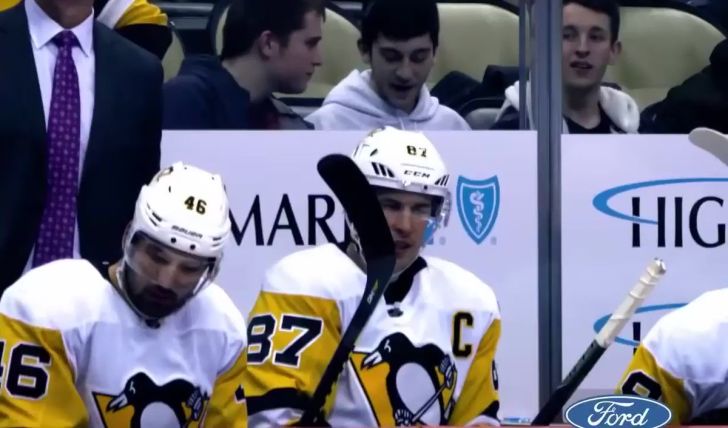In my journey through the hockey world, I’ve been privileged to connect with some amazing people and players.
Coaching Them Up
One of the common themes that seems to repeat itself is that the best players, coaches, etc. influence those around them. We’ve all heard stories of Sidney Crosby holding teammates to account in practices and encouraging them in games, and others, like Patrick Kane, influences his teammates by leveraging his hockey IQ to improve their level of play.
Put simply, these players leverage their own understanding and hockey IQ to make life easier on their teammates in the long run.
Related: Lessons from Martin St Louis

Increasing Effectiveness
Players that make their teammates better are a common attribute that coaches and scouts seek in players. So how do players do that?
Predictability
Players that make their teammates better create predictability. They consistently do the same things over and over. They can pass the puck into the same spot each time or move into the same space, time and time again. Patrice Bergeron, for example, consistently is in a great support position low in the defensive zone on breakouts, where teammates can consistently find him available.
The players are on the same page, which leads to more puck touches in consistently favorable spots.
Here, communication is key. Talking with teammates and telling them where you want pucks or where you will be is crucial. Another great way to go about it is by telling them where to go and where to be.
Example - Non-Verbal Communication
We can also use non-verbal communication such as a leading area pass to teach teammates. A leading area pass says, “hey, I want you to skate into that space.”
In this video, we see Max Domi notice and read that the space behind the defense. Yet, his linemate Patrik Laine did not read this space.
Domi passes this puck into the space he wants Laine to skate into.
While it didn’t connect well. You’re training that teammate to read and go into that area… a fantastic way to leverage hockey IQ. Following up at the bench with verbal communication on the play enhances their learning. The next time this play occurs, you can guarantee that your teammate will be there.
The below video features Patrick Kane and Alex DeBrincat executing this play at a high level.
I can guarantee that Kane has communicated with DeBrincat verbally and non-verbally on this exact play for years. It’s not surprising that Kane’s teammates seem to improve after playing with him, even if they move to another team.
Further reading
Did you enjoy this newsletter?
Help us spread the ideas within and share them with the people you care about





